Organize your pre- and post-race clothing.
1 of 17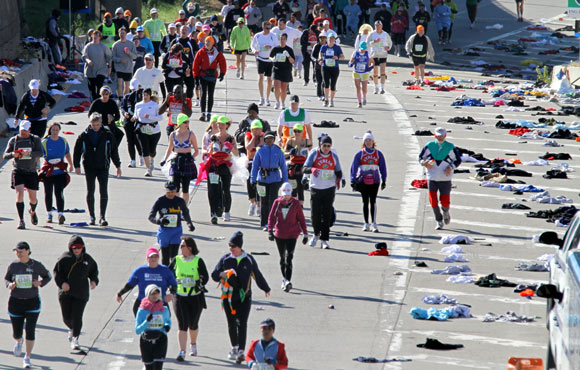
On race morning, runners are transported from Boston Common to the starting line in Hopkinton. Before you board the bus, you can check a bag for after the race, but everything you bring to the start will need to be worn during the race or thrown away. Race morning can be chilly, so make sure bring clothing you're okay with discarding.
Pro tip: Save the foil space blanket from a prior half or full marathon and use it to keep warm at the start.
Find a
race.Be smart about porta potties.
2 of 17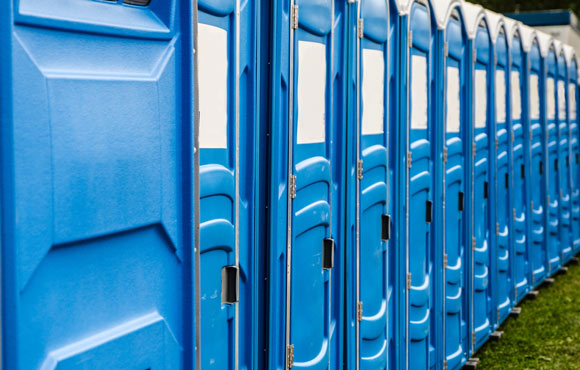
The ride from Boston to the start in Hopkinton can take nearly an hour and the school buses don't have bathrooms, so make sure to go before you climb aboard. Once you get to the start village, lines can be long, so make a beeline for them ASAP. Once your wave is called to the starting line (about a 15-minute walk away), you'll find plenty of portable toilets and minimal crowds in a nearby parking lot.
Find a
race.Let loose after mile 21.
3 of 17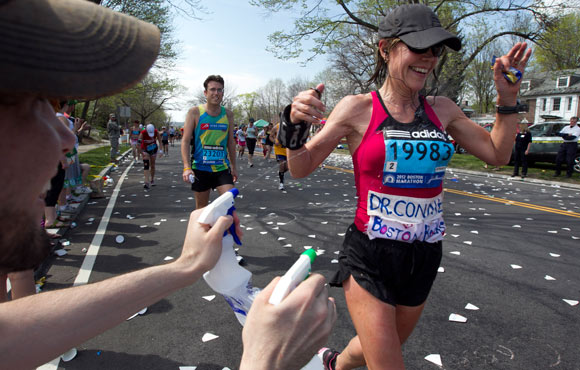
After you crest Heartbreak Hill, terrain and crowd support will be in your favor. Things will still hurt (this is a marathon after all!), but the hardest part of the race is behind you. Now's the time to open up your stride and leave it all on the course!
Find a
race.Choose the right meeting spot.
4 of 17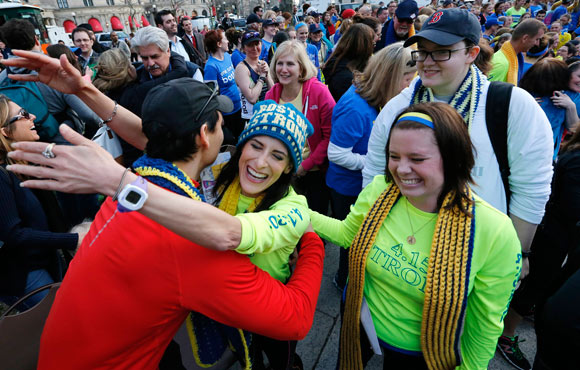
Once you finish, plan to reconnect with friends and family farther down Boylston Street near the entrance to the Public Gardens. There are also designated meeting spots near the finish with signs for last names starting with A–Z. Choose a less common letter (e.g. Q or X) and you'll deal with fewer crowds.
Find a
race.Wear sunscreen!
5 of 17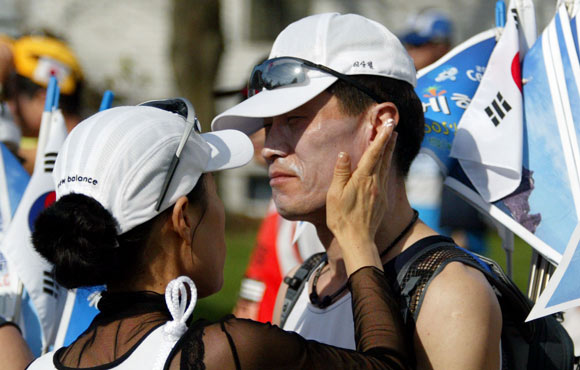
The Boston marathon is run on a point-to-point course, so the sun will be at your back for most of the race. Even if the day seems overcast, your back and shoulders could end up crispy, so don't forget the SPF 30.
Find a
race.Start conservatively.
6 of 17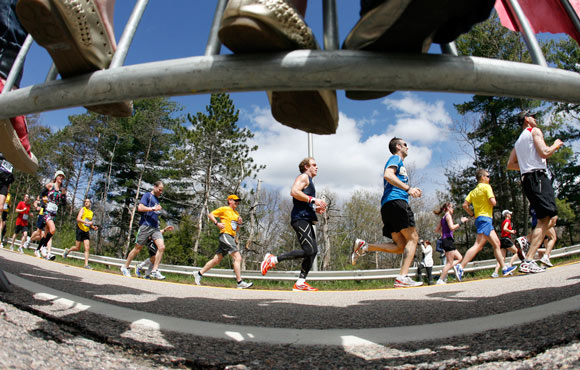
Excitement combined with a downhill start can make for very quick first mile (or miles). For the first part of the race, your pace should feel very easy. If other runners are speeding by you, let them! If you go out too quickly at the start, you'll be on the pain train when you hit the Newton Hills at mile 16 and Heartbreak Hill at mile 20.
Find a
race.Incorporate downhills and strength work into your training.
8 of 17
You've heard about Heartbreak Hill at mile 20, but the elevation drop early on in the race can be just as tough. When you run downhill, your muscles undergo eccentric contractions as the muscle lengthens. The steeper (and longer) the downhill, the more trashed your quads will feel. The first 15 miles of Boston are either downhill or rolling and that can really fatigue the legs. To prepare, incorporate downhills into your long runs and speed work. Body weight exercises like lunges and squats can also strengthen your lower body and help you deal with the demands of the course.
Find a
race.Prepare for all weather.
9 of 17
In the past decade, the Boston marathon has been held in the pouring rain, in record heat and with a strong tailwind. Spring in Boston can be temperamental, so if possible, try to do your long runs in varying conditions. This will give you an idea of what to wear and how to fuel if race day temperatures are unseasonably warm or cool.
Find a
race.Plan for a late start.
10 of 17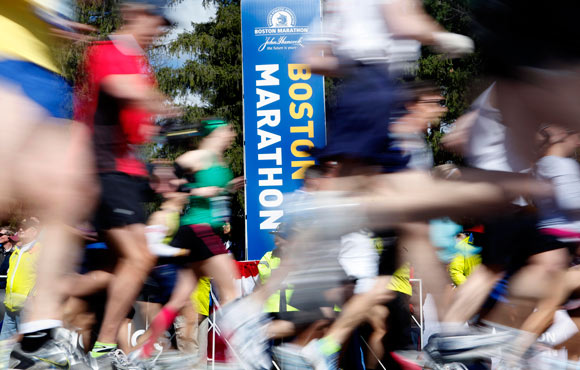
Unlike many marathons, the Boston marathon begins mid-morning (anywhere between 10 a.m. and 11:15 a.m., depending on your wave). If you usually run at dawn, be sure to plan a few long runs that begin around the same time as your race wave. This will help you figure out how much fuel you'll need—and when you'll need it.
Find a
race.Organize your pre- and post-race clothing.
11 of 17
On race morning, runners are transported from Boston Common to the starting line in Hopkinton. Before you board the bus, you can check a bag for after the race, but everything you bring to the start will need to be worn during the race or thrown away. Race morning can be chilly, so make sure bring clothing you're okay with discarding.
Pro tip: Save the foil space blanket from a prior half or full marathon and use it to keep warm at the start.
Find a
race.Wear sunscreen!
12 of 17
The Boston marathon is run on a point-to-point course, so the sun will be at your back for most of the race. Even if the day seems overcast, your back and shoulders could end up crispy, so don't forget the SPF 30.
Find a
race.Be smart about porta potties.
13 of 17
The ride from Boston to the start in Hopkinton can take nearly an hour and the school buses don't have bathrooms, so make sure to go before you climb aboard. Once you get to the start village, lines can be long, so make a beeline for them ASAP. Once your wave is called to the starting line (about a 15-minute walk away), you'll find plenty of portable toilets and minimal crowds in a nearby parking lot.
Find a
race.Start conservatively.
14 of 17
Excitement combined with a downhill start can make for very quick first mile (or miles). For the first part of the race, your pace should feel very easy. If other runners are speeding by you, let them! If you go out too quickly at the start, you'll be on the pain train when you hit the Newton Hills at mile 16 and Heartbreak Hill at mile 20.
Find a
race.Let loose after mile 21.
15 of 17
After you crest Heartbreak Hill, terrain and crowd support will be in your favor. Things will still hurt (this is a marathon after all!), but the hardest part of the race is behind you. Now's the time to open up your stride and leave it all on the course!
Find a
race.Choose the right meeting spot.
16 of 17
Once you finish, plan to reconnect with friends and family farther down Boylston Street near the entrance to the Public Gardens. There are also designated meeting spots near the finish with signs for last names starting with A–Z. Choose a less common letter (e.g. Q or X) and you'll deal with fewer crowds.
Find a
race.About the Author
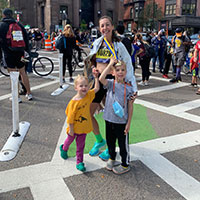
Get ACTIVE on the Go


Couch to 5K®
The best way to get new runners off the couch and across the finish line of their first 5K.
Available for iOS | Android
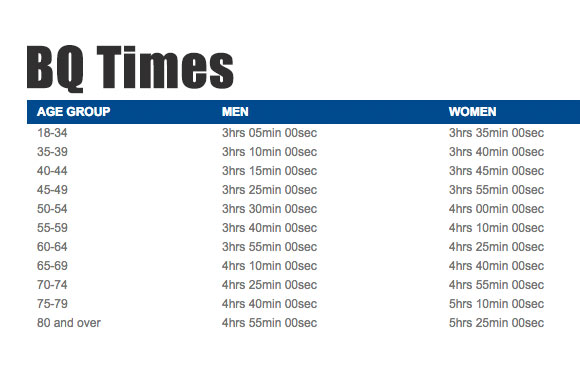

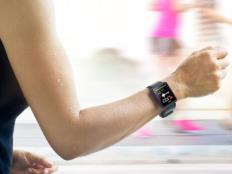



Discuss This Article